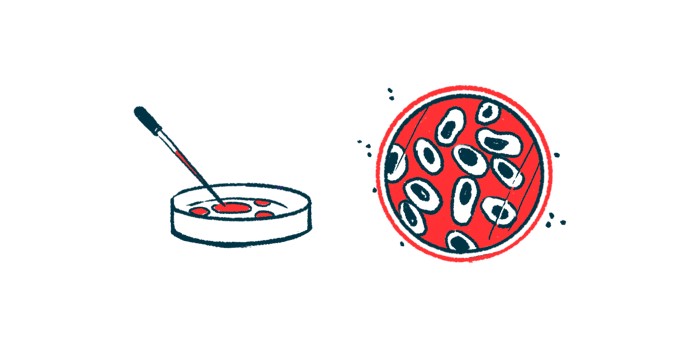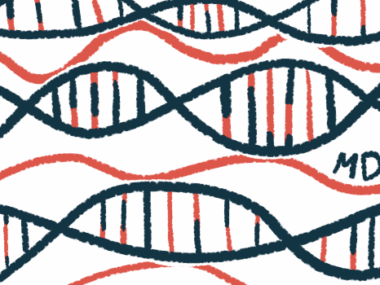Antioxidant supplement boosts frataxin in FA cells: Study
Alpha-lipoic acid reverses mitochondrial dysfunction, oxidative stress
Written by |

Supplementation with alpha-lipoic acid (ALA), a naturally occurring antioxidant, boosts the production of frataxin, the protein that’s deficient in people with Friedreich’s ataxia (FA), according to a cell-based study.
Alpha-lipoic acid reversed many cellular features of FA, including dysfunction of energy-producing mitochondria, impaired iron metabolism, and oxidative stress, a type of cellular damage.
“Our results showed that ALA [alpha-lipoic acid] supplementation improved frataxin expression and cell [function], avoiding induced cellular death and therefore, suggesting its potential as a therapeutic approach in [FA],” the researchers wrote. “Further studies and controlled clinical trials are required to assess the clinical benefit of ALA in [FA].”
The cell-based study, “Alpha-lipoic acid supplementation improves pathological alterations in cellular models of Friedreich ataxia,” was published in the Orphanet Journal of Rare Diseases.
FA is caused by a deficiency in frataxin, a protein involved in the functioning of mitochondria, the cellular energy production centers. Without sufficient frataxin, mitochondrial function is impaired, which particularly affects nerves and muscles due to their high energy use, leading to the core symptoms of FA.
Molecule is key to mitochondrial function
Mitochondrial dysfunction also drives oxidative stress, a type of cell damage caused by an imbalance between the production of toxic reactive oxygen species and the antioxidants that neutralize them. Consequently, FA patients experience progressive neurodegeneration and a loss of muscle strength and coordination.
Alpha-lipoic acid, or ALA, is a naturally occurring molecule that plays a vital role in the function of mitochondria. There, it participates in energy production and has antioxidant properties that protect against oxidative stress. ALA can also boost the activity of proteins that promote mitochondria function, such as Nrf2, similar to Skyclarys (omaveloxolone), an approved FA therapy.
Given ALA’s properties, a research team in Spain sought to investigate its potential benefits in cellular models of FA.
First, the team confirmed that frataxin production was significantly reduced in FA patient-derived fibroblasts, a type of connective tissue cell. Further experiments showed typical FA cellular features, including mitochondrial dysfunction, impaired iron metabolism, and signs of oxidative stress.
When the researchers treated cells with ALA, the activity of the FXN gene, which encodes frataxin, significantly increased in a dose-dependent manner. ALA supplementation also protected FA fibroblasts against induced ferroptosis, a type of iron-dependent programmed cell death.
ALA significantly increased certain proteins on a molecular level. These included levels of frataxin, which is involved in assembling iron-sulfur clusters, a structure necessary for energy production within mitochondria. ALA also increased the activity of mitochondrial aconitase, an enzyme that uses iron-sulfur clusters for its function.
Within FA fibroblasts, ALA had a positive impact on mitochondrial metabolism, increased markers for mitochondrial production and mass, and boosted the rate of oxygen consumption, a sign of improved energy production.
ALA supplementation also significantly reduced iron accumulation and the oxidative degradation of fat-like lipids, a sign of oxidative stress, and boosted the production of antioxidant enzymes. Further experiments demonstrated that ALA induced frataxin production by activating the PPAR-gamma pathway.
Finally, treatment with ALA restored frataxin production and reduced iron accumulation in nerve cells reprogrammed from the fibroblasts of FA patients.
“We show that ALA supplementation can improve the [disease-related] alterations in cellular models of [FA] by a mechanism involving the up-regulation of FXN [activity] and protein expression levels,” the researchers concluded. “Although ALA has a powerful antioxidant effect, its capability to activate PPAR-[gamma] and mitochondrial biogenesis is essential to restore frataxin expression in fibroblasts derived from [FA] patients.”






